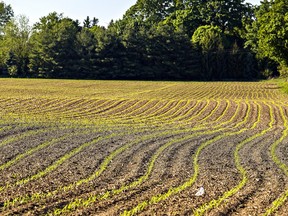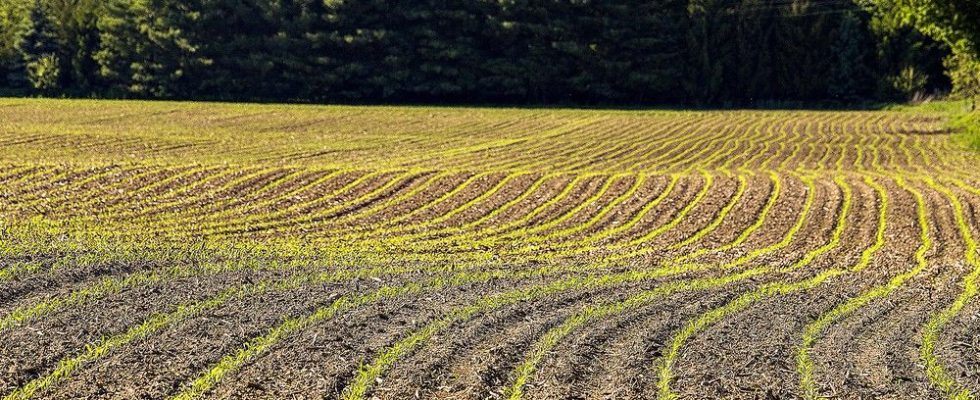
The planting season is always an amazing aspect of farming to watch happen. With our favorable climate, soil and water, we are fortunate to be able to grow many food crops on our farmlands. In fact, our farmers grow over 70 different crops.
This week, let us look at the process of seed germination.
Germination is the growth of a plant contained within a seed, resulting in the formation of a seedling. Most seeds go through a period of dormancy where there is no active growth. During this time, the seed can be safely transported to a new location and/or survive adverse climatic conditions until it is favorable for growth.
The seed contains an embryo, and in most plants, they contain stored food reserves wrapped in a seed coat. Under favorable conditions, the seed begins to germinate, and the embryonic tissues resume growth, developing towards a seedling.
The germination of seeds is dependent on many conditions, including temperature, water and oxygen.
Water in germination is the stimulus for the process to begin. Most seeds respond best when there is enough water to moisten the seeds but not soak them. The uptake of water by seeds is called imbibition, which leads to the swelling and the breaking of the seed coat.
When seeds are formed, most plants store food, such as starch, proteins or oils, to provide nourishment to the growing embryo inside the seed. Once the seedling starts growing and the food reserves are exhausted, it requires a continuous supply of water, nutrients, and light for photosynthesis, which now provides the energy needed for continued growth.
Oxygen is required by the germinating seed for metabolism, the process that allows organisms to grow and reproduce. If the soil is waterlogged or the seed is buried too deep in the soil, it might be cut off from the necessary oxygen it needs.
Oxygen is required by the seed to generate energy until the plant has leaves, at which point it receives energy through photosynthesis, which is the conversion of the sun’s energy into chemical energy for use by the plant.
Temperature affects the cell’s growth rates. Often, seeds have a set of temperature ranges where they will germinate. However, they will not do so above or below this range.
Some seeds cannot germinate until they experience cooler temperatures. Some seeds will only germinate when temperatures reach hundreds of degrees, as during a forest fire.
In agriculture, germination rate is the number of seeds of a particular plant species, variety or particular seed lot that are likely to germinate. This is usually expressed as a percentage. An 85 per cent germination rate indicates about 85 out of 100 seeds will likely germinate under proper conditions. Germination rate is useful in calculating the seed requirements for a given area or desired number of plants.
A seed growing into a full-grown plant is so interesting to watch happen. So when you are out in the countryside this summer and see the many different crops growing, stop and be amazed at this process of germination and growth.
Think about this – God’s Word is a compass that keeps us on course.
Just some food for thought.
Remember that here in Chatham-Kent ‘We Grow for the World’. Check out our community’s agriculture website at www.wegrowfortheworld.com
Kim Cooper was involved in the agribusiness sector for over 45 years. He can be reached at [email protected]

Comments
Postmedia is committed to maintaining a lively but civil forum for discussion and encourages all readers to share their views on our articles. Comments may take up to an hour for moderation before appearing on the site. We ask you to keep your comments relevant and respectful. We have enabled email notifications—you will now receive an email if you receive a reply to your comment, there is an update to a comment thread you follow or if a user you follow comments. Visit our Community Guidelines for more information and details on how to adjust your email settings.
Join the Conversation